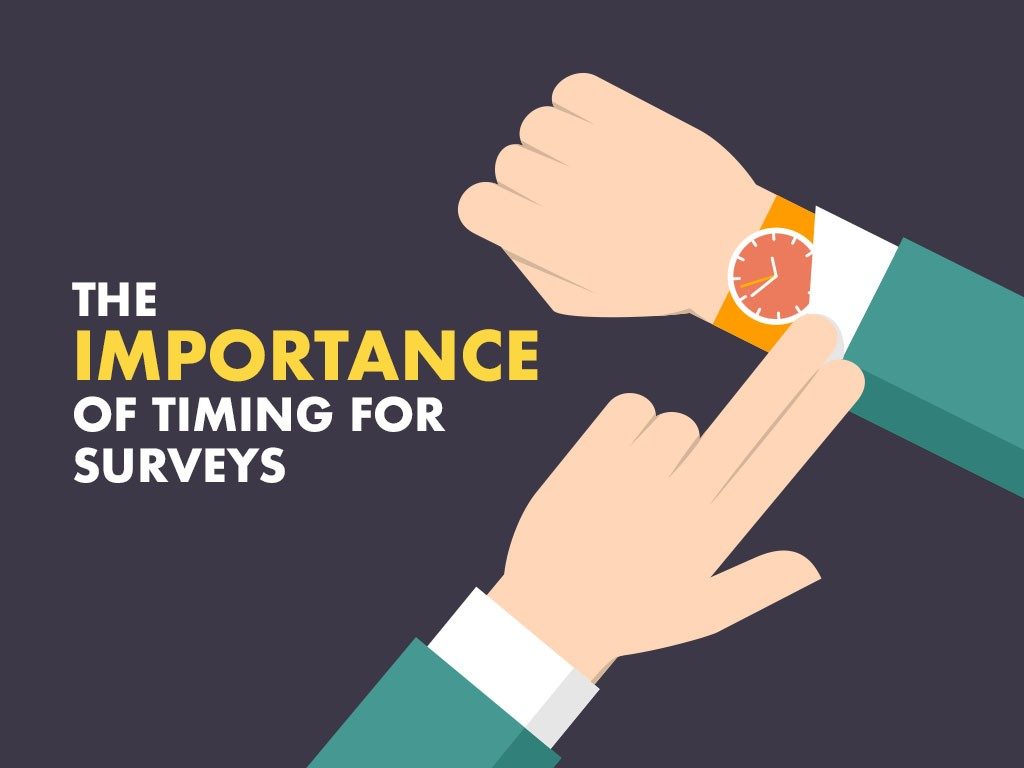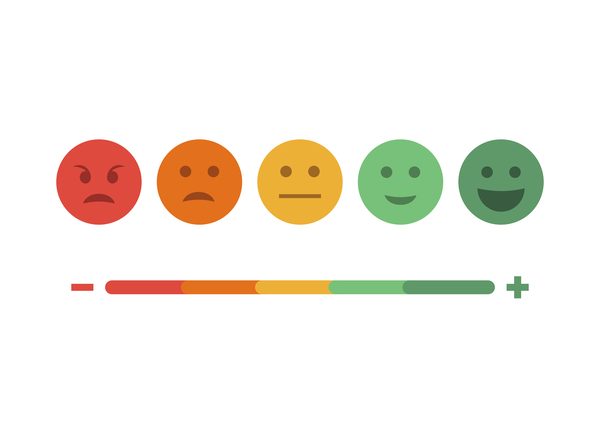It’s All About Timing: When Should You Conduct Surveys?
How do I time my survey?
- Think of your survey’s goals and when would be the right time to ask a question regarding it.
- Think of your topic and what time of day or day in the week that a respondent would love to answer a question about it.
- Let your survey run for a long time and give your respondents the freedom of when they want to answer it.
When you’re using your WordPress’ survey plugin to create a questionnaire, yielding the best results is not just a matter of making inputs and outputs on this tool. While the content and wording of the question is important – as discussed in previous blog posts – the timing of the delivery is as well. Asking the properly framed question at the right time with the right context will greatly reduce response bias and give you the data that you’re looking for.
The Importance of Timing for Surveys
If you’ve ever been to a restaurant when you were really hungry, then you most likely ate and spent more than what you originally intended. On the other hand, you’ve also probably been dragged to a restaurant even though you just ate. In this case, you probably didn’t order much; probably just a snack or even nothing at all. As you can see, in terms of eating, timing is definitely a factor to determining how you react to food.
In the context of surveys, this is also applicable. If you give a survey at a time when respondents don’t want to see it, then they will most likely react to it negatively. They would probably just blaze through it or even refuse to take it. In either situation, you get inaccurate data about the target market that you want to gather information from.
You absolutely must be able to time your survey well so that you can get completely accurate and honest data. After all, that’s what you need to make conclusions. But how exactly can you do this when you create a survey on your WordPress survey plugin? While there are set rules – since timing is a psychological battle – here a few factors to keep in mind:
Think of Your Goals
The first question you should ask yourself is “What is the goal of my survey?” This will drastically dictate when you should conduct your survey.
For example, you wouldn’t ask someone if they are satisfied with your LED TV if he is still canvassing through your store. In this case, your goal is to get feedback about the product. But your customer hasn’t even had time to play around with it and formulate an opinion about it. In fact, he’s not even sure of buying it yet. This kind of timing just doesn’t make any sense!
Instead, you should, first, ask them to leave you their email address when they make a purchase. Then, after one or two weeks, you can email them to ask for feedback regarding their buy. After trying it out your LED TV for this amount of time, they’ll know exactly what they love and hate about it.
As you can see, timing is about goals. Think of what you want to get from the customer and what they may be thinking at the moment. It’s human nature to wish for a way to express one’s sentiments and giving your survey with the right question at the right time could be their avenue to do so.
Mood Sets Bias
Just like in the restaurant example, mood will set the bias that someone has when asked for a reaction. It affects the mindset of people. This is generally true in regards to the day in the week. On Fridays people are excited to go on the weekend while on Sundays people may dread the idea of going to work. It’s also for this same reason that not many big events are scheduled on Mondays; these usually begin on Thursdays onwards to Saturdays. Tuesday to Wednesday could just be casual hangout and work days.
These are the cultural and general moods that you have to think of when you’re looking to send out a survey. Ask them how their weekend was on Monday; what their weekend plans are on Thursday; what their careers goals are on Tuesday; etc.
These are just general examples. Of course this will vary even further depending on your topic and situation. If you ask a grade school student the question “How much have you had today?”, then you will get a different set of answers on a school day rather than a summer day.

Go for the Long Run
Not only do you need to know when to give the survey, but you need to also know how long it should run for. As stated above, there is a bias that comes with the mood of people. A good way to work around this is to let the survey run for a couple of days. This will allow you to see how people respond to it during their different moods. You will also allow people of different habits and personalities to answer as well. Allowing them to answer any day they feel like is also a good way to not make them feel like they being forced to answer. While it may not solve the problem of bad timing, it will greatly reduce the amount of bias that will affect the data you receive; especially ones that are affected just because of the day of the week.
A good rule of thumb is to let a survey go on for five days.
Key Takeaway
If it sounds complicated, then you are right. As with everything in surveys – from question framing, priming, wording to the design of the WordPress survey plugin – timing is all about knowing the psychology of your respondents. You must get the set of queries to them at the exact moment that they would feel expressing their sentiments.


